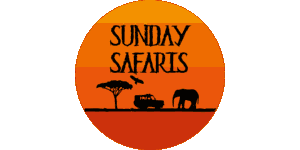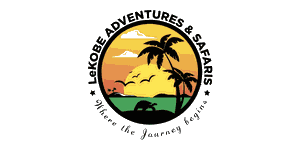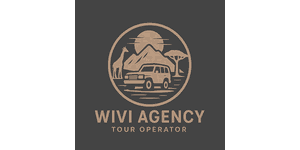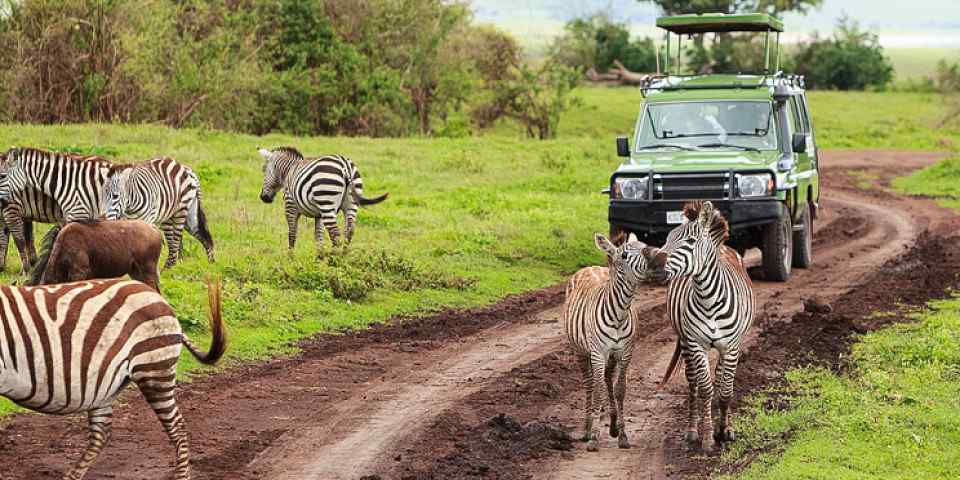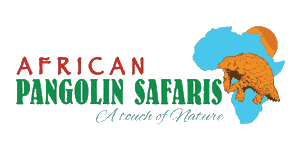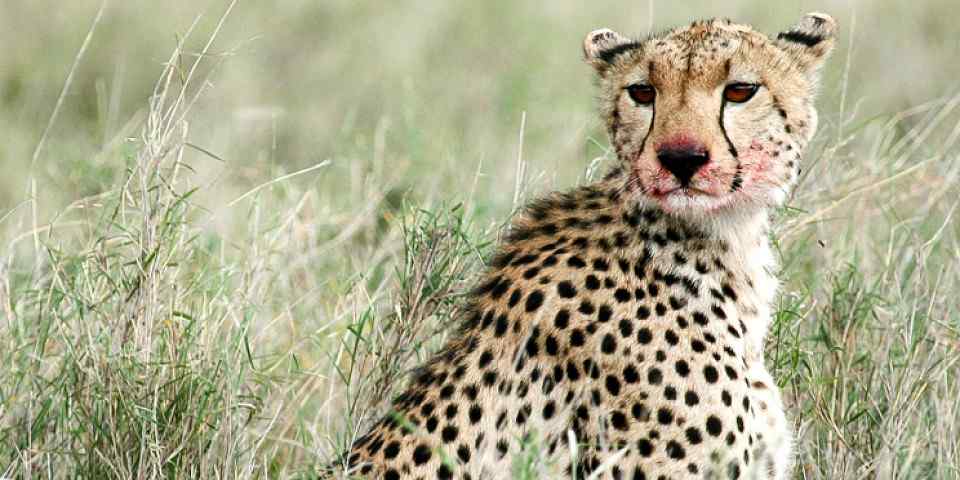Tour Length
Rates in USD $ – Change Currency
Per person, excl. international flightsOperator Rating
Other Tour Features
Filter by Operator
Filter by Accommodation
Nyerere (Selous) Camping Safaris
Locals still know it as Selous Game Reserve. The official name is Nyerere National Park. Whatever you call it, this park is one of the largest in Africa and is filled with lions and elephants and so much more. The landscapes are also magnificent, offering a beautiful mix of the snaking Rufiji River, lakes, woodlands and deep gorges; Rufiji River sunsets are legendary in the region. It rarely gets crowded, especially the deeper you go into the park, and it’s an excellent place to go on holiday on a camping safari. Facilities are generally excellent, and it’s easy to explore the park and its wildlife from the various campsites.
-

3-Day Nyerere National Park Safari Camping Adventure
$532 pp (USD)
Tanzania: Private tourBudgetCamping
You Visit: Dar Es Salaam (Start), Nyerere NP, Dar Es Salaam (End)

Kasaka Tours
5.0/5 – 43 Reviews
-
Top Rated Operator

3-Day Nyerere National Park & Boat Safari
$880 pp (USD)
Tanzania: Private tourBudgetCamping & Lodge
You Visit: Dar Es Salaam (Start), Nyerere NP, Dar Es Salaam (End)

Migration Venture Africa
4.9/5 – 491 Reviews
-

3-Day Mikumi and Nyerere National Parks Joining Safari
$1,540 pp (USD)
Tanzania: Shared tour (max 6 people per vehicle)BudgetCamping
You Visit: Dar Es Salaam (Start), Mikumi NP, Nyerere NP, Dar Es Salaam (End)

Wajefya Expeditions
4.7/5 – 10 Reviews
-
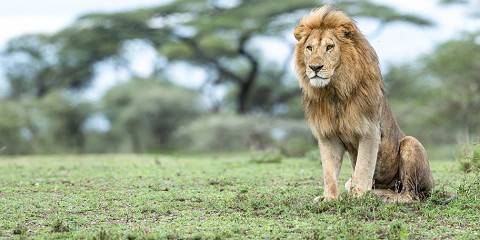
3-Day Under the Stars; Camping in Nyerere National Park
$616 pp (USD)
Tanzania: Private tourBudgetCamping
You Visit: Dar Es Salaam (Start), Nyerere NP, Dar Es Salaam (End)
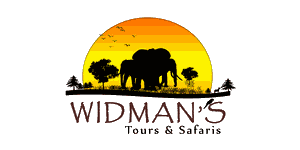
Widman Tours & Safari
5.0/5 – 96 Reviews
-
![16-Day Northern and Southern Tanzania Major Parks Safari]()
16-Day Northern and Southern Tanzania Major Parks Safari
$6,650 pp (USD)
Tanzania: Private tourBudgetCamping & Lodge
You Visit: Arusha (Start), Serengeti NP, Ngorongoro Crater, Dodoma (City), Ruaha NP, Mikumi (Town), Mikumi NP, Nyerere NP, Dar es Salaam Airport (End)

Sunday Safaris
5.0/5 – 5 Reviews
-
![4-Day Nyerere Safari - Boat Safari & Wild Camping]()
4-Day Nyerere Safari - Boat Safari & Wild Camping
$1,030 pp (USD)
Tanzania: Private tourBudgetCamping & Lodge
You Visit: Dar Es Salaam (Start), Nyerere NP, Dar Es Salaam (End)

Ngomi Adventures
5.0/5 – 3 Reviews
-
![15-Day Incredible from Southern to Western Zone Adventure]()
15-Day Incredible from Southern to Western Zone Adventure
$10,770 pp (USD)
Tanzania: Private tourBudgetCamping & Lodge
You Visit: Dar es Salaam (Start), Mloka (Town), Nyerere NP, Mikumi NP, Ruaha NP, Mbeya (City), Katavi NP, Mahale Mountains NP, Kigoma (Town), Dar Es Salaam (End)

World Amazing People Adventure
5.0/5 – 1 Reviews
-
![9-Day Ultimate Adventure-Selous, Ruaha & Mikumi from Dar]()
9-Day Ultimate Adventure-Selous, Ruaha & Mikumi from Dar
$2,838 pp (USD)
Tanzania: Private tourBudgetCamping & Hotel
You Visit: Dar es Salaam (Start), Nyerere NP, Ruaha NP, Mikumi NP, Dar Es Salaam (End)

Kilimanjaro Winners and Safaris
-
![2-Day Private Camping to Selous GR from Zanzibar]()
2-Day Private Camping to Selous GR from Zanzibar
$858 pp (USD)
Tanzania: Private tourBudgetCamping
You Visit: Zanzibar (Start), Nyerere NP, Zanzibar (End)

Lekobe Adventures Safaris
4.9/5 – 75 Reviews
-
![2-Day Fly-in Safari to Selous (Nyerere) from Zanzibar]()
2-Day Fly-in Safari to Selous (Nyerere) from Zanzibar
$1,023 pp (USD)
Tanzania: Shared tour (max 6 people per vehicle)BudgetCamping
You Visit: Zanzibar (Start), Nyerere NP, Zanzibar (End)

Wivi Agency
5.0/5 – 26 Reviews
-
![2-Day Flying Safari from Zanzibar to Selous]()
2-Day Flying Safari from Zanzibar to Selous
$935 pp (USD)
Tanzania: Shared tour (max 6 people per vehicle)BudgetCamping
You Visit: Zanzibar (Start), Nyerere NP, Zanzibar (End)

Oldbeast Vacations
5.0/5 – 41 Reviews
-
![5-Day Get Wild-Nyerere & Mikumi NP-Camp Inside the Park]()
5-Day Get Wild-Nyerere & Mikumi NP-Camp Inside the Park
$1,363 pp (USD)
Tanzania: Private tourBudgetCamping
You Visit: Dar Es Salaam (Start), Nyerere NP, Mikumi NP, Dar Es Salaam (End)

African Pangolin Safaris
5.0/5 – 92 Reviews
-
Top Rated Operator
![8-Day The Best of Southen Tanzania Wildlife Safari]()
8-Day The Best of Southen Tanzania Wildlife Safari
$1,980 pp (USD)
Tanzania: Private tour
Mid-range Camping & LodgeYou Visit: Dar Es Salaam (Start), Nyerere NP, Mikumi NP, Ruaha NP, Iringa (City), Dar Es Salaam (End)

Migration Venture Africa
4.9/5 – 491 Reviews
-
![2-Day Ultimate Selous Adventure Escape from the City]()
2-Day Ultimate Selous Adventure Escape from the City
$594 pp (USD)
Tanzania: Private tour
Mid-range CampingYou Visit: Dar Es Salaam (Start), Nyerere NP, Dar Es Salaam (End)

Kilimanjaro Winners and Safaris
-
![4-Day Nyerere NP Midrange Lodge + Camping Inside Reserve]()
4-Day Nyerere NP Midrange Lodge + Camping Inside Reserve
$1,036 pp (USD)
Tanzania: Private tour
Mid-range Camping & Tented CampYou Visit: Dar Es Salaam (Start), Nyerere NP, Dar Es Salaam (End)

African Pangolin Safaris
5.0/5 – 92 Reviews
-
Top Rated Operator

4-Day Nyerere & Mikumi Wildlife Lodge Safari
$1,100 pp (USD)
Tanzania: Private tour
Mid-range Camping & LodgeYou Visit: Dar Es Salaam (Start), Nyerere NP, Mikumi NP, Dar Es Salaam (End)

Migration Venture Africa
4.9/5 – 491 Reviews
-
Tour Operators Offering Custom Tours
Didn’t find the tour you were looking for? Get a free quote for a custom tour from the tour operators below. They can arrange private tours to any destination in Tanzania.
5 Questions About Nyerere (Selous) Camping Safaris

Answered by
Anthony Ham
Anthony has spent the last 10 years traveling around East Africa, telling its stories and getting to know its wildlife and wild places. He is the author of Lonely Planet’s guide to Tanzania. He also wrote a narrative non-fiction book, ‘The Last Lions of Africa’, which is partly set in the Selous.› More about Anthony
5 Questions About Nyerere (Selous) Camping Safaris
 Anthony Ham
Anthony Ham
What are the pros and cons of a Nyerere National Park camping safari?
“Many of the campsites are just outside the park boundaries. This is both a pro and a con. On the one hand, you can’t enter the park until sunrise, and you may waste a little time getting through the gate formalities and making your way into the heart of the park. At the same time, many of these campsites sit right alongside the northern riverbank of the Rufiji River, and the sunsets from such perches are often superb. Otherwise, it’s all positive: a camping safari in Nyerere National Park is a memorable way to explore an unforgettable park. Much of the park is pretty wild terrain, and you’ll be sleeping under canvas, catching its breezes and hearing the night calls of its animals. All the while you’ll feel as if you’re very much a part of this remarkable place.”
1What facilities can I expect in the campsites?
“In those sites run by the Nyerere National Park authorities, the in-park locations are excellent. The facilities are basic and generally well-maintained. These facilities usually include a shared ablution block with toilets and showers, a communal kitchen, shared and shaded outdoor tables for meals, and plenty of space to pitch a tent. Just outside the main entrance gate to the park, in the woodlands right by the Rufiji River, many privately run safari camps have camping areas where you can pitch a tent. Although they’re outside the park, the riverbank location is outstanding, and you can very often enjoy the camp’s above-average facilities, such as the bar, restaurant and even the swimming pool. When I last stayed in one of these places, elephants and colobus monkeys were regular visitors to camp.”
2How much will this safari cost?
“As a general rule, camping safaris in Nyerere National Park start at around US$150 per person per day, but these prices can go considerably higher. That said, as with all safaris, prices vary greatly, depending on a number of variable factors. These include the season when you’re visiting, whether you’re staying in a government-run or privately run camp, and the number of people in your group. Other factors that your safari operator will consider when setting prices are whether you’re expected to help with setting up camp, cooking and cleaning up your campsites before you leave. It’s also worth remembering that the per-day cost will usually be higher for shorter visits, as transport costs at the start and finish of your safari may need to be factored in.”
3Is a camping trip in Nyerere National Park safe?
“I would have no hesitation in camping in or around Nyerere National Park, and I’d even camp here with my children. That said, you’ll need to be careful and always pay attention to your surroundings. This is especially the case because, in a majority of campsites, there are no perimeter fences to keep the animals out. One time when I was camping in Nyerere, I unzipped my tent in the early morning and found myself face-to-face with an elephant. You need to be particularly careful after dark when many animals are likely to be out and about, and visibility can be poor. But the same reasons why you need to take care are also why it’s such a fabulous experience: you’ll feel close to the animals in a way that simply isn’t possible when you stay in a four-walled room or behind a protective fence. And hard as it is to imagine, the chances are that many of the animals will be more scared of you than you are of them.”
4What is the best time of year for a Nyerere camping safari?
“June to October is my favorite time to be on holiday in the Selous, as many locals still refer to Nyerere National Park despite the official name change. During these months you can expect mild temperatures, clear skies and park trails that are easy to drive. May, November and December can also be good. At these times, rain is possible, although it’s rarely more than an afternoon shower or thunderstorm. These months are also generally shoulder season, with lower prices (although this affects camping safaris less than it does the luxury end of the market), fewer safari travelers, and often greater availability when it comes to the busier campsites. The rest of the year, from January through to April, rains are more likely to disrupt your safari and some safari trails may be muddy and difficult to drive. That said, I’ve been there in March and April and had clear blue skies and wonderfully quiet everything. November to April are also the best months for birding, as this is when migratory species pass through (and even take up residence in) the park and surrounding area.”
5Nyerere Reviews

Sue is an award-winning writer who specializes in African travel and conservation. She writes for national newspapers, magazines, Rough Guides and Lonely Planet.
True Wilderness – and wild dogs
If you’re after a true wilderness sensation that goes beyond the confines of a Land Cruiser, then come to Nyerere National Park (formerly Selous Game Reserve). A vast chunk of Nyerere, most of the land south of the Rufiji River, is sadly...

Gemma authored several Lonely Planet guidebooks, including the guides to Africa, Kenya, Tanzania and South Africa.
My Top Tip for Tanzania
Nyerere (Selous) National Park is my favourite game area in Tanzania, and possibly the whole of Africa. The landscape, with its emerald-green swamplands, dead trees submerged in water and shaggy-topped palms, is ravishingly beautiful. You...
 IT
IT
all animals seen, very good roads, natural sceneries. Fully recommended. watch out: Rhinos are not seen in the park since ever, basically no one remembers to have seen one. rest of animals are present and abundant. Nyerere is a good...
 DE
DE
A big variety of different landscapes from bushes to forests to steppe, hills, meadows and lakes. It was more difficult to spot animals because of the bushes and trees, but if you saw some they were sometimes right in front of you....
 CZ
CZ
Nyerere is beautiful and very large green park few minutes flight from Zanzibar. We enjoyed our time in there and used Shammah wonder company with Justine and Elihakim as our tour guide. Will never forget this experience. Everything was...
 PK
PK
Nyerere National Park is a top-tier safari destination, known for its vast wilderness and rich wildlife diversity. The Rufiji River adds a unique touch, offering incredible boat safaris alongside classic game drives. It’s ideal for those...


